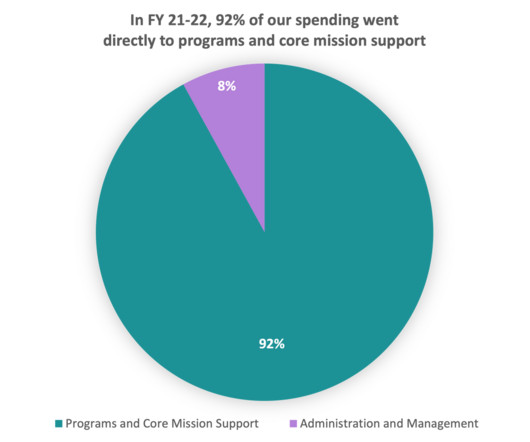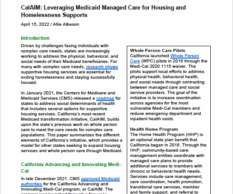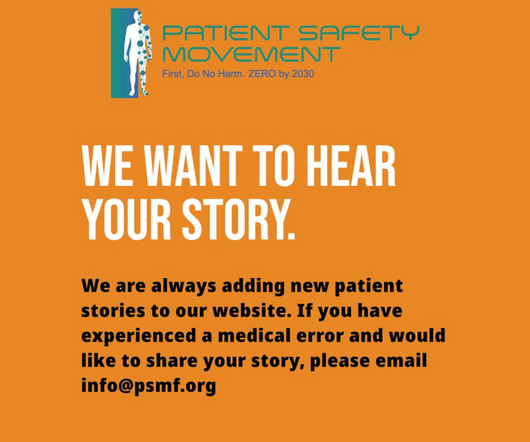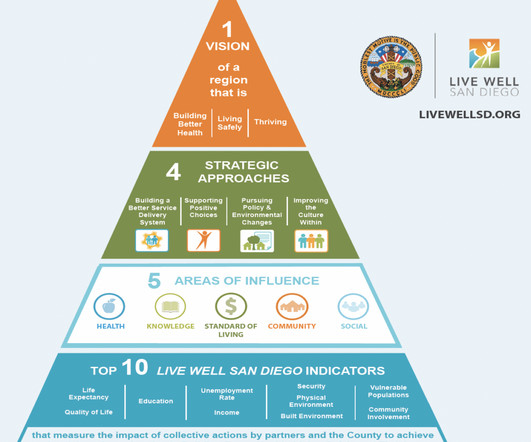Newsletter, January 2023
Patient Safety Movement
FEBRUARY 1, 2023
DOCTOR DELIVERS LETHAL EPIDURAL AT BROOKLYN HOSPITAL An article last week in The New York Times told the story of an anesthesiologist at a Brooklyn public hospital, with a history of making life-threatening errors in administering epidurals, who made a fatal mistake in July 2020. Adverse drug events accounted for 39.0%












Let's personalize your content